Kiko Jeantette has wanted to be a pilot since he was a small child, but life took him in other directions: building his own IT company and raising a family. A year or so ago, when he booked a private flight as a treat for his aviation-loving 9-year-old son, it rekindled his own passion, and he decided that, at age 47, it was finally time to become a pilot. Unfortunately, flight training revealed a safety problem. With age had come hearing loss, and even with hearing aids and a popular brand of ANR headphones, Jeantette was missing more radio calls than the average student pilot. Fortunately, he found a solution.
Jeantette has worn hearing aids for about 4 years. On the flight with his son, he was wearing a pair of passive noise-canceling headsets, and he had a lot of trouble hearing. So, he did extensive research online. He says, “Everyone told me that the Bose A20 headset would be best, but no one addressed the question of pilots with hearing aids.” Still, he needed a headset, so Jeantette bought the Bose model and started flight training. It often takes him several minutes to adjust his hearing aids so that he doesn’t get feedback from the headset, but he says that “At least with a phone app and most modern hearing aids, you do have the control to make those adjustments.”
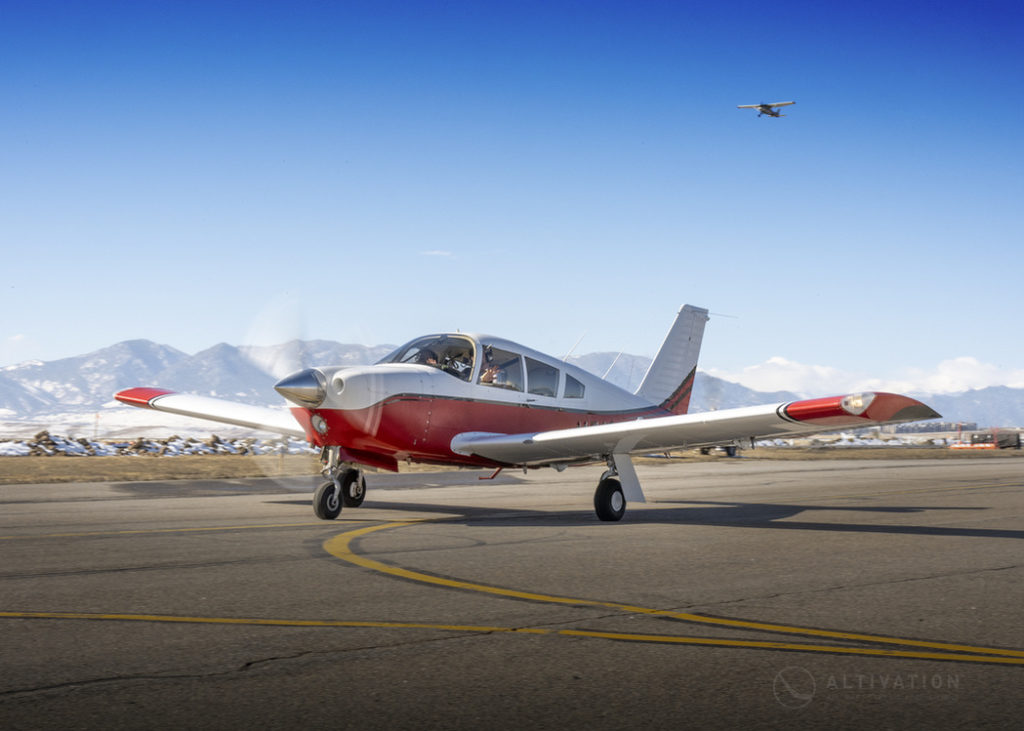
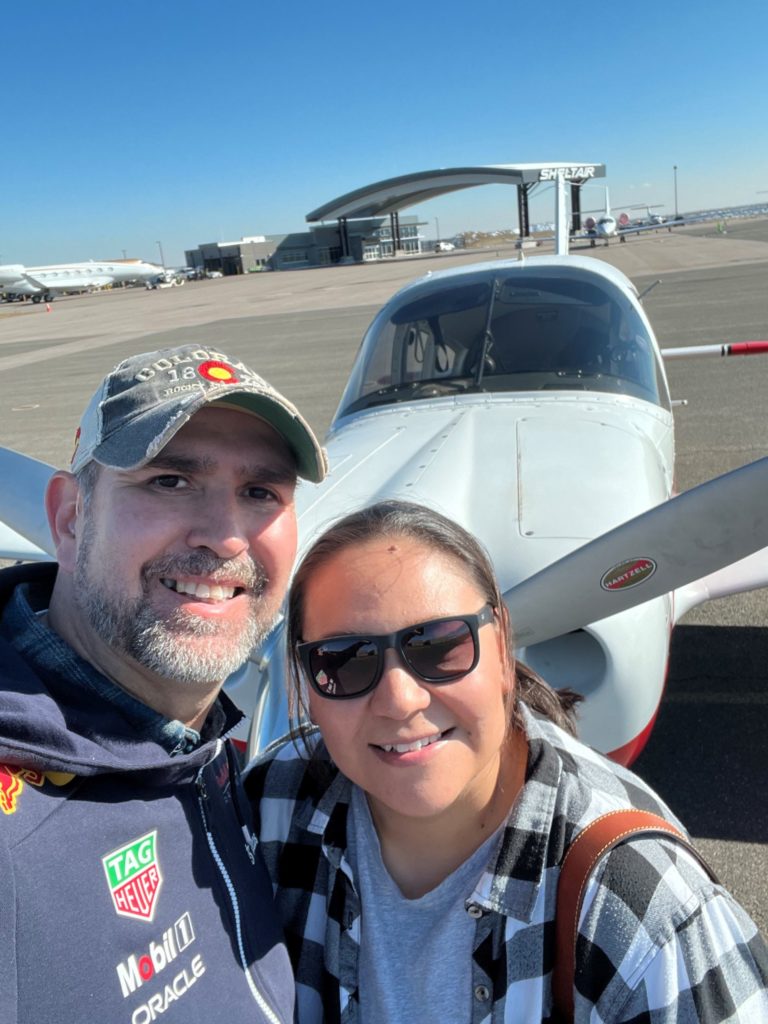
But as his flight training progressed, Jeantette found he was hearing and understanding only 70 to 80 percent of radio calls. Because of his hearing loss, higher end frequencies drop off and he’s not able to hear consonants very well. So, for example, the word “kite” sounds like “ite” to him. That makes it easy to miss his call letters. Everyone misses some radio calls, but as he got closer to soloing, Jeantette and his instructor both worried that he was missing too many. And, as Jeantette says, “I have six kids, so I want to land safe every time. I want to come home.”
About that time, information about the new Lightspeed Delta Zulu® headset popped up on one of Jeantette’s aviation newsfeeds. He was excited to read that the Lightspeed Delta Zulu headset and app can test the wearer’s hearing, create a hearing profile, and automatically adjust the headset performance to fit the user’s hearing—something Jeantette understands well because he has multiple profiles for his hearing aids for use in restaurants, meetings, watching TV, having conversations, etc. He knew there was a 30-day return policy, so he ordered a pair to try out, then went through the Lightspeed Delta Zulu’s hearing test and set up. He says the results were amazing.
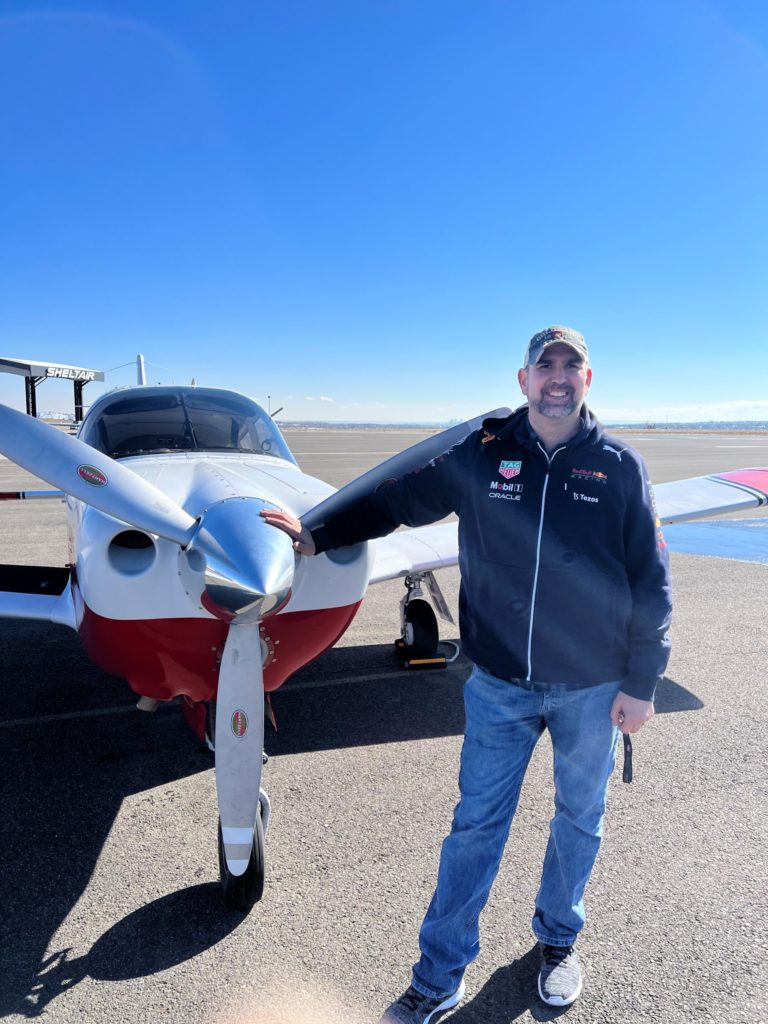

“First of all, the noise cancelling was way better than the A20s. Even if I had normal hearing, I think they would be better.” But the real proof was in the flying. “I was too high the first couple of landings after I got the Lightspeed Delta Zulus. What I suddenly realized was that I was used to flying by engine sound, and with the Lightspeed Delta Zulus, it sounded so quiet that at first, I was reluctant to pull the power back.”
And what about the safety issue and being able to hear calls? Jeantette’s Lightspeed Delta Zulus passed that test with flying colors. “The Lightspeed headset allows you to automatically record the headset audio from a flight to your mobile device, so on my second flight with the headset, I turned on the recording feature. When I listened to the recording later, it turned out I had only missed two radio calls. And, listening to the playback, I was able to determine that I missed them not because I couldn’t hear them but because I wasn’t paying attention. That was a huge confidence builder for me, and in flying, confidence is everything. It was a game-changer for me, and I think that feature could be a game-changer even for people without hearing issues. I told my instructor, ‘I think you should have every student record every flight.’”
Needless to say, Jeantette will be keeping his Lightspeed Delta Zulus. “I love them so much that I made a YouTube video to tell other people who are in my position, because nobody talks about what works best for pilots with hearing aids. The hearing profile test was amazing. Also, the Lightspeed Delta Zulus wrap around the ear better, and that helps because my hearing aids fit right into the pocket, and the nice, big over-the-ear design also fits nicely over my glasses and hat. Now I want to see if I could fly without my hearing aids, just with the aid of the Lightspeed Delta Zulus. With my hearing, it might not be possible. But for long cross-country trips, being able to have the hearing aids out would be a huge benefit because it’s more comfortable.”
Jeantette recently had another reason to appreciate his Lightspeed Delta Zulus. He just bought his first plane, and he and two instructors went to Seattle to fly it back to his home airport in the Denver area. There was a snowstorm coming into Seattle, and they took off, literally minutes before the airport closed down. They flew to Tri-Cities, Washington, on to Boise, Idaho, and then to Ogden, Utah, staying just ahead of the storm. But moments after they touched down in Ogden, Utah, the carbon monoxide (CO) sensor in Jeantette’s Lightspeed Delta Zulu headset went off. He says, “It was freezing so, of course, we had been running the heater the whole time. Luckily, there wasn’t anything wrong with the plane. It’s just that with the heater on and the plane sealed, the CO level rose while we were taxiing. But my instructors had no idea because they didn’t have headsets with CO sensors.” Warned by Jeantette’s sensor, they opened the plane’s windows and door, and the headset monitor showed the CO dropping to safe levels. Jeantette chuckles, “I just smiled because the headset was doing everything it’s supposed to do, and that’s amazing.”
Experience crystal clear comms with HearingEQity®
The Lightspeed Delta Zulu enhances your existing senses with a built-in audio equalization system. HearingEQity® offers sound customized to your hearing profile and compensates for hearing loss, helping ensure crystal clear flight communication in a range of conditions.
Learn more about the Lightspeed Delta Zulu.

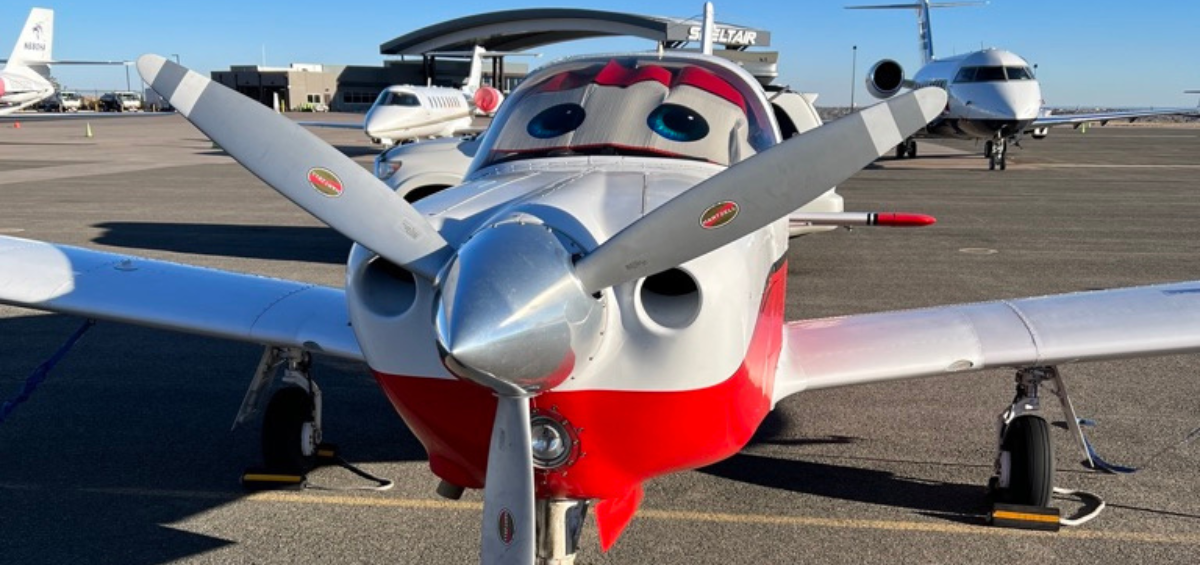
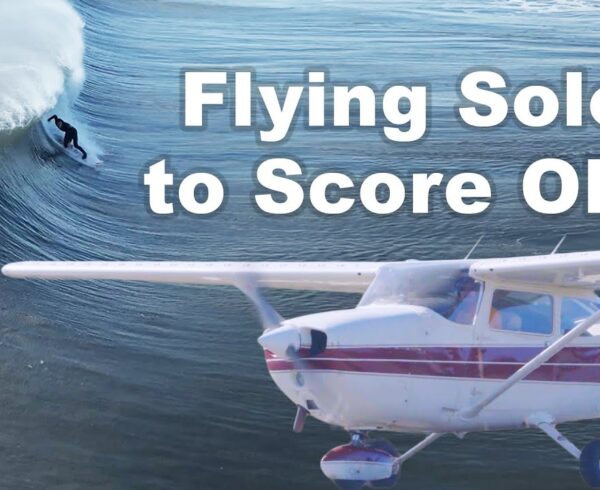
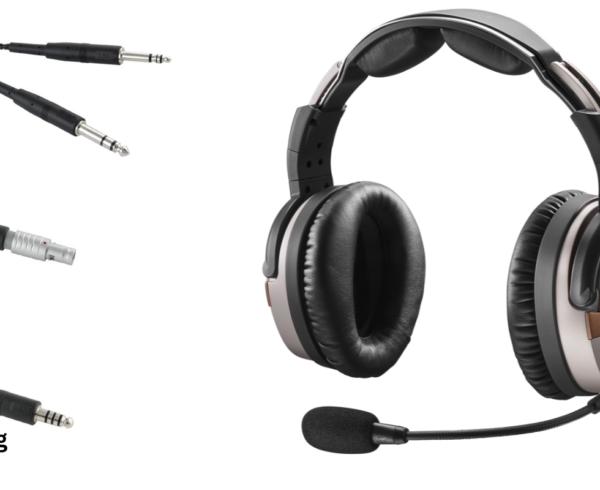
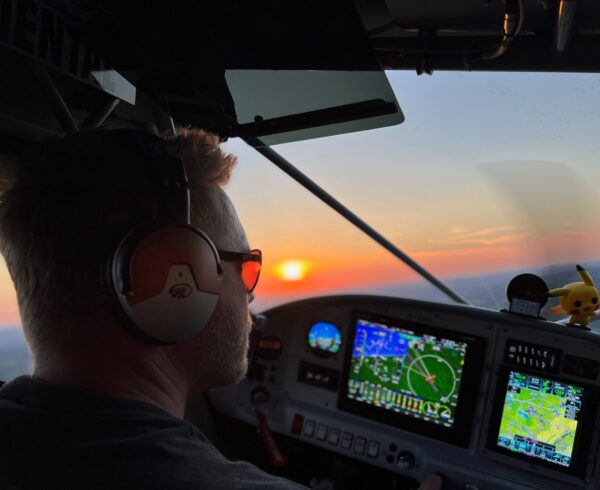
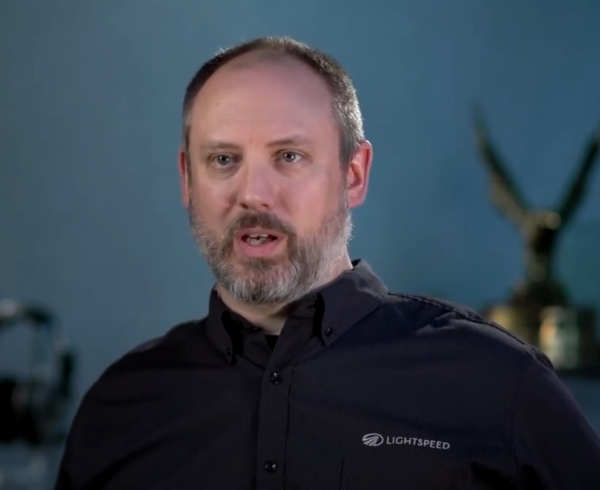
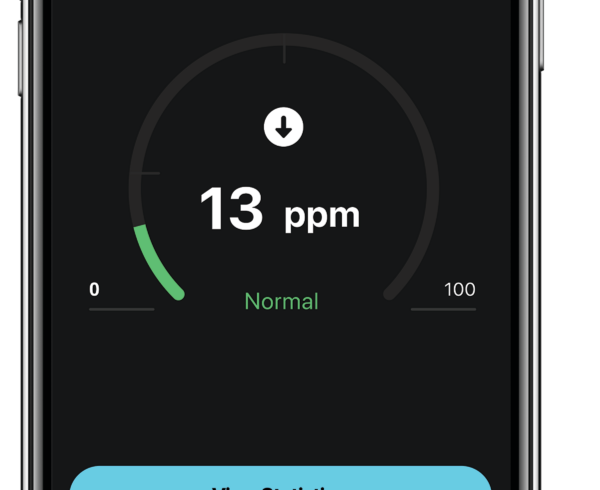



It’s inspiring to see how features like noise reduction and speech enhancement are enhancing comfort and communication in the skies.
Great post and exactly what I have been wondering about. I wear hearing aids as well and wondered how well the Delta Zulu would adapt. I currently have the Zulu 3 which work great but the addition of the CO sensor and the hearingEQity would absolutely take everything to the next level.
This is an incredible story! The benefits of the advancement of technology are showing themselves more and more. It is definitely worth the time and energy to research quality headsets that fit your needs.
Honestly I have been flying for over 20 years and noticed that headset technology hasn’t changed much with some of the more common hanger names. Lightspeed has made some massive improvements in the headset game. The R &D done for the Delta Zulu makes it far better than anything on the market today.
I am on my third headset from Lightspeed the Zulu3 and soon am looking to take a flight with the Delta Zulu.
What an inspiring story! Not only did it allow Kiko to continue his training confidently, but it also alerted them of a CO issue that otherwise might have gone unnoticed. This really showcases just how advanced the Lightspeed Delta Zulu is for the industry! Genius!
Flying with the extra confidence of being able to hear and the built in CO detectors is what really sets the Lightspeed Delta Zulu apart from the competition. It’s just two less things to worry about when you’re task saturated or when you’re just flying around your local area.